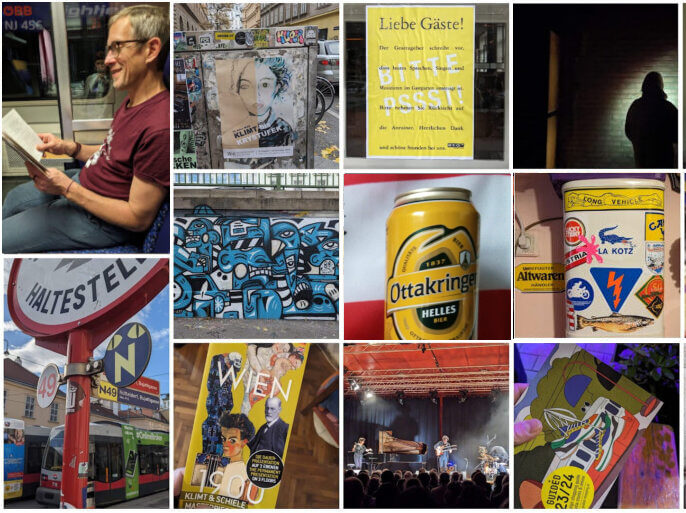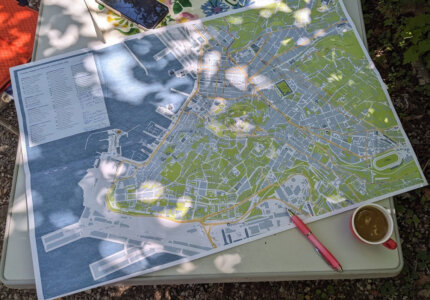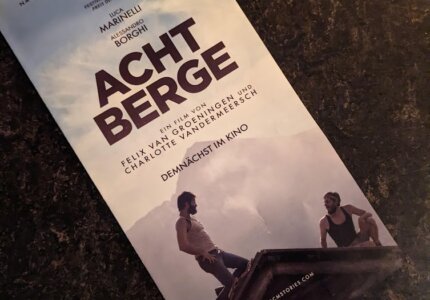I will add some more details and impressions of the trip. I could have elaborated and come up with a sequel to “People, galleries and eloquent silence” opposing and connecting “American Prospects” by Joel Sternfeld at Albertina with the Eggleston Retrospective “Mystery of the Ordinary” at c/o Berlin, or I could have examined Daniel Richter’s supposedly nonpolitical acrylic paintings still invoke thoughts of flight and expulsion much like the explicitly political “Exiles” series by Xenia Hausner. I could have debated the shadowy role of light art in the fine arts scene or what’s the difference between the German Sigmar Polke and his Austrian contemporary Herbert Boeckl unterscheiden. The graffiti at the banks of the Danube canal would have been worth a follow-up, and the live concert by Golnar & Mahan Trio will definitely not be the last one that I went to.
But I will only touch all of these topics, and add some more key words that I already mentioned on Instagram, to make sure that my own blog always is the place with more details and images. The neon light object where my wife, Tina Steinke, took an artistic photograph of me, has been created by Brigitte Kowanz, the plasticine figures and Mona Lisa variations are rather innocent examples of the work of the Gelitin collective, and the modern art by Martha Jungwirth, Katharina Grosse, Liliane Tomasko, Stephan Balkenhol, and Verena Bretschneider at Albertina Modern has been as impressive as the classical precursors Oskar Kokoschka and Herbert Boeckl or the less known members of Secession and the Blauer Reiter like Marianne von Werefkin and her partner Alexej von Jawlensky. Other artistic impressions include the galleries of Silvia Steinek and Meyer Kainer and the artist Maxi Neuses. Fascinating fashion places include Consches, art point and the Carla Pop Up Store. On the culinary side, the Persian Pars Restaurant at Josefstadt topped traditional Austrian cuisine and the elegant but surprisingly affordable traditional coffee houses with their variety of speciality coffee and home made cakes and an equally diverse variety of guests, including supposedly famous writers, fine ladies, loaded travellers and families with many children who are all greeted and served with the same dignity and warmheartedness by elegant waiters in jacket and tie suits and traditional family business owners. “Heurige” wine taverns and the Prater Ferris wheel had to be skated due to the weather, but when we took a walk from Kahlenberg mountain along Vienna’s vineyards back to the hip 7th district, the sun came out and illuminated a modern skyline dominated by many skyscrapers that are as much part of contemporary Vienna as the many historical buildings in the 1st district old town and the rural churches and monasteries of contemplative suburbs like Nussdorf (“Nut Village”).
Vienna Impressions: City, People, Art, Concerts, Pubs, Coffee Houses, Kaffeehäuser, …
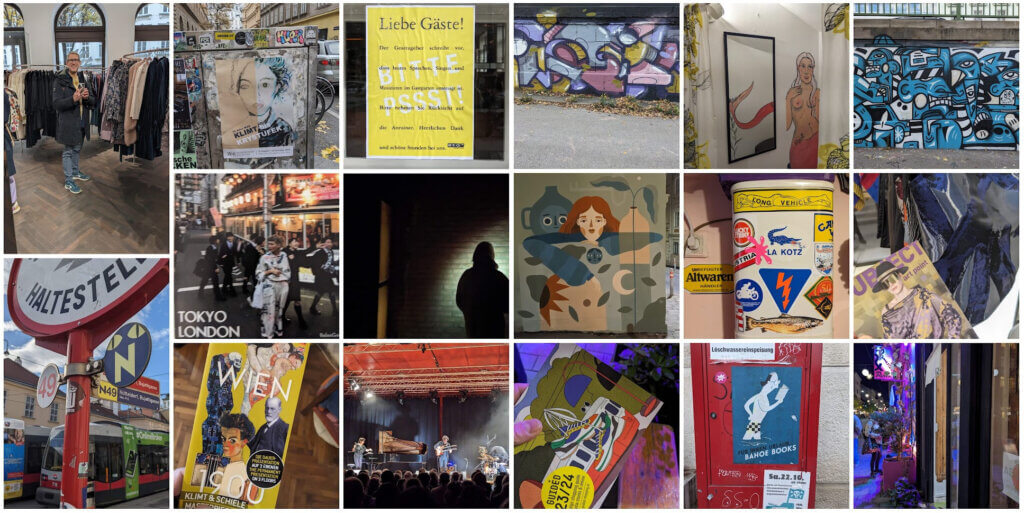
Museum impressions: Albertina, Albertina Modern and various galleries
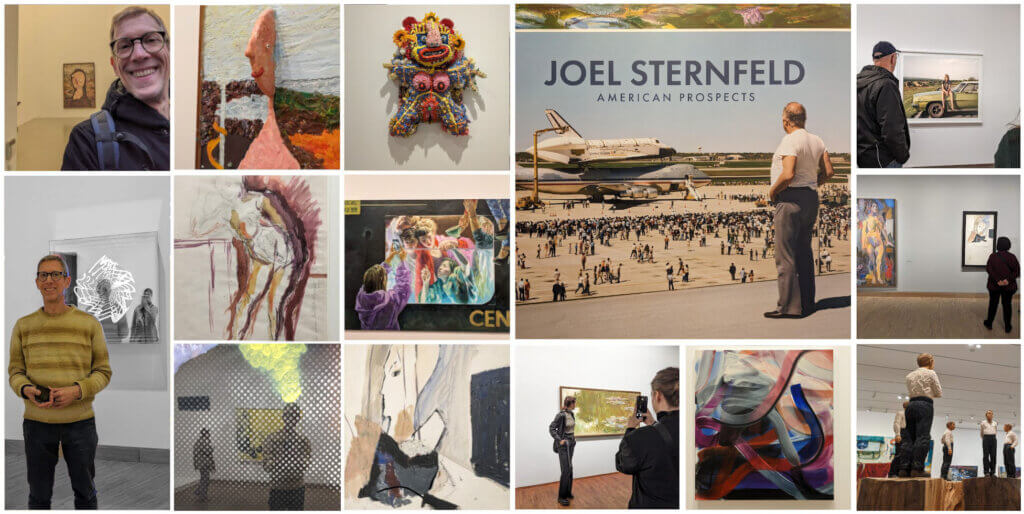
Night train, bedtime treats, and a cryptograph at the crack of dawn

The night train turned out the be one of the least romantic or relaxing aspects, which was mostly due to the fact that there was no free space in an actual sleeper car, so we had to book a dedicated seating compartment that can be turned to a makeshift couch, but there are no curtains, and when I fell asleep at last, I was woken by ticket control and the Polish train security trying to calm down quarelling drunken neighbors. The menu on board included coffee (no Vienna Mélange however), Red Bull, Manner sticks and beer – in a tin can, but not the proverbial 16th disctrict tin can Ottakringer, but a Helles from Salzburg that tasted quite nice as well.
The “secret” writing on the window turned out to be a greeting that someone had finger-painted inside a heart shape: “Have fun and stay safe!”
Conclusion: Vienna is always worth visiting. Thanks to Austrian train service ÖBB for the “Night Jet” connection between Vienna and Berlin that Deutsche Bahn should take as an example in every respect.
